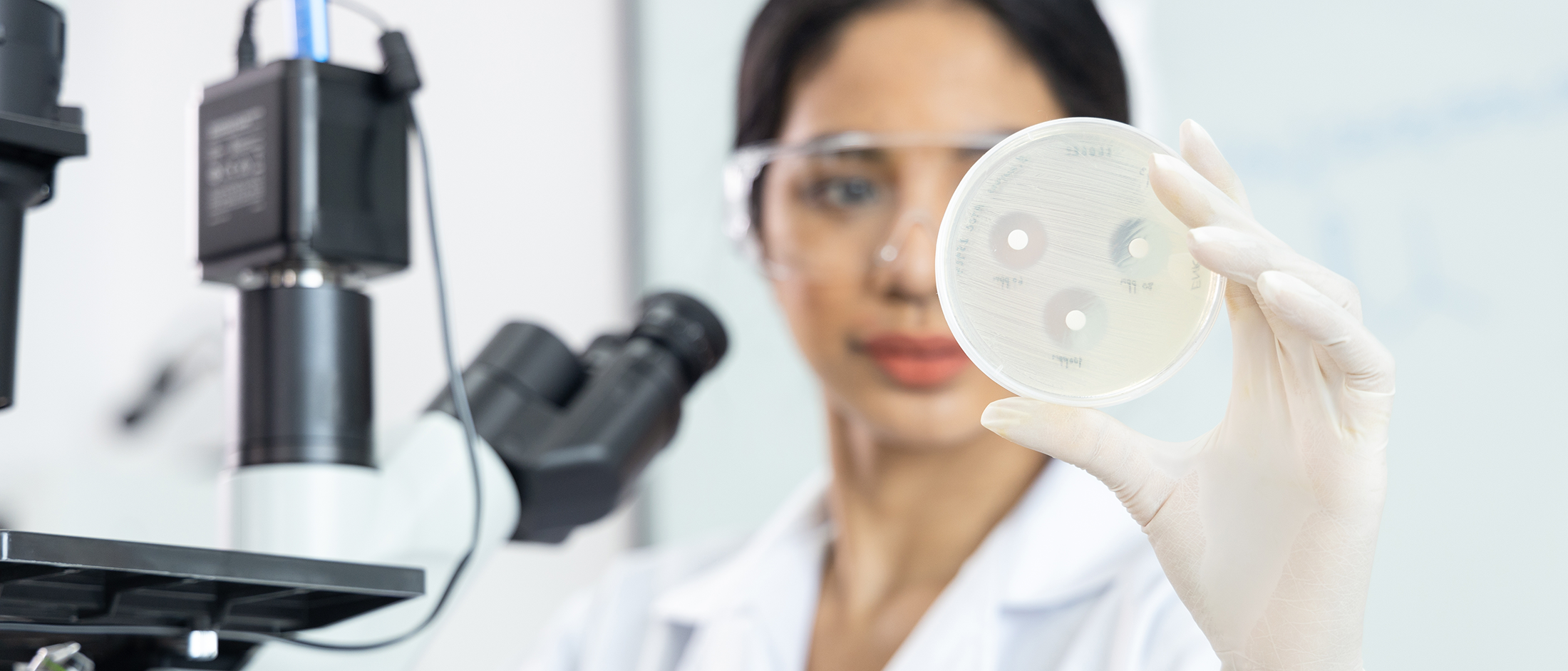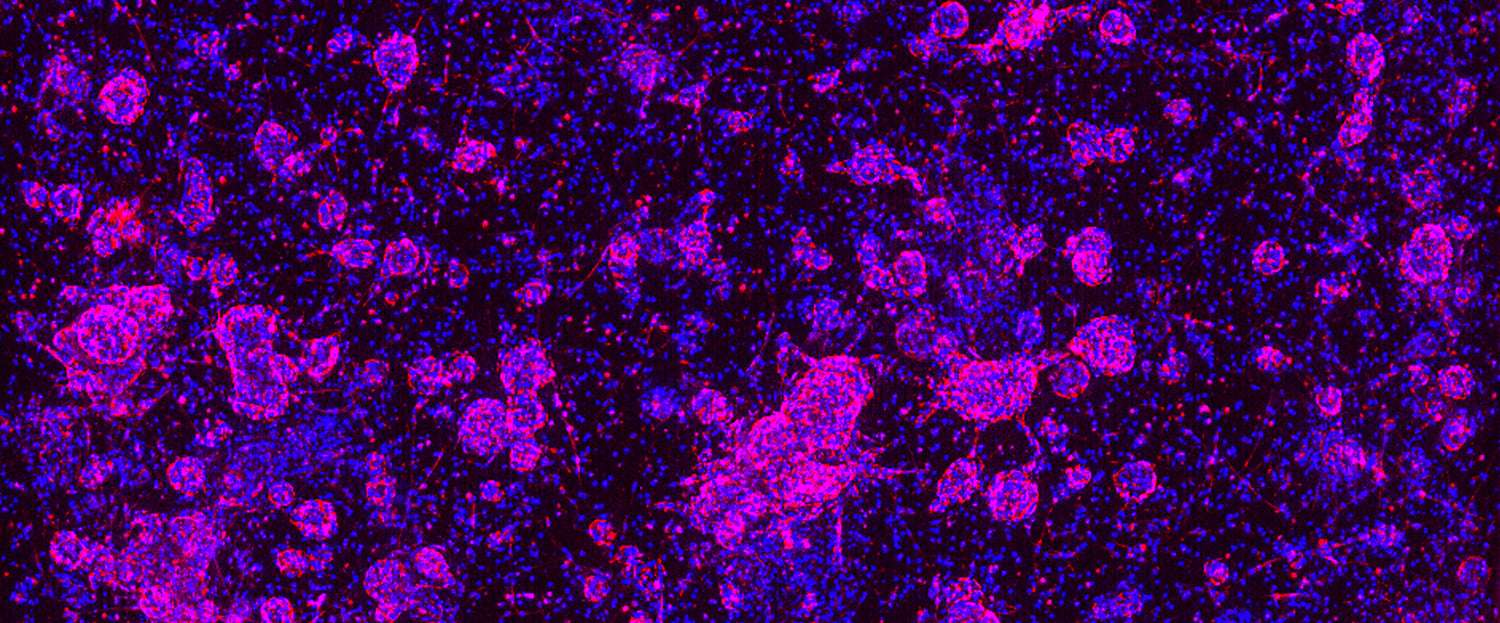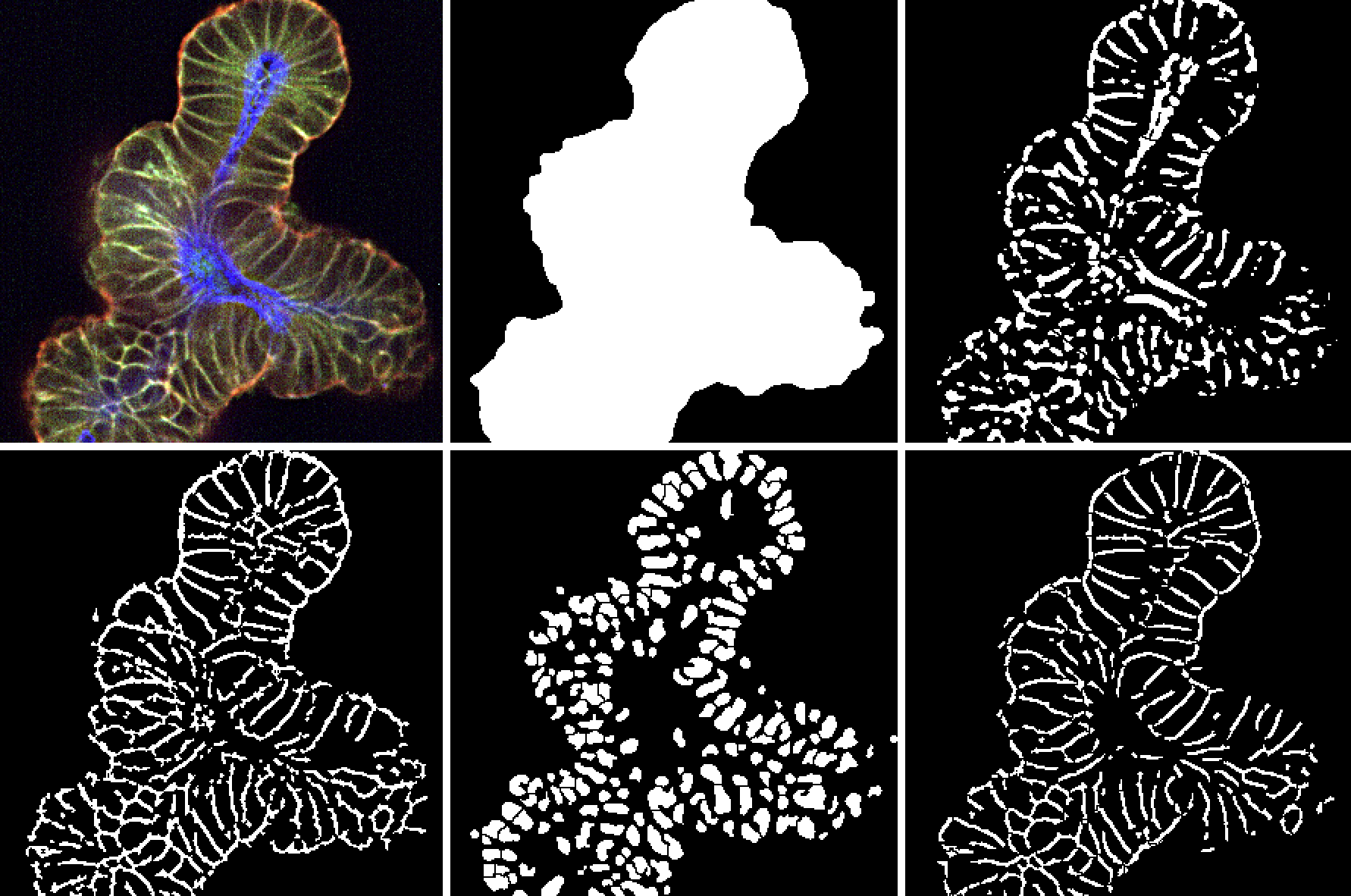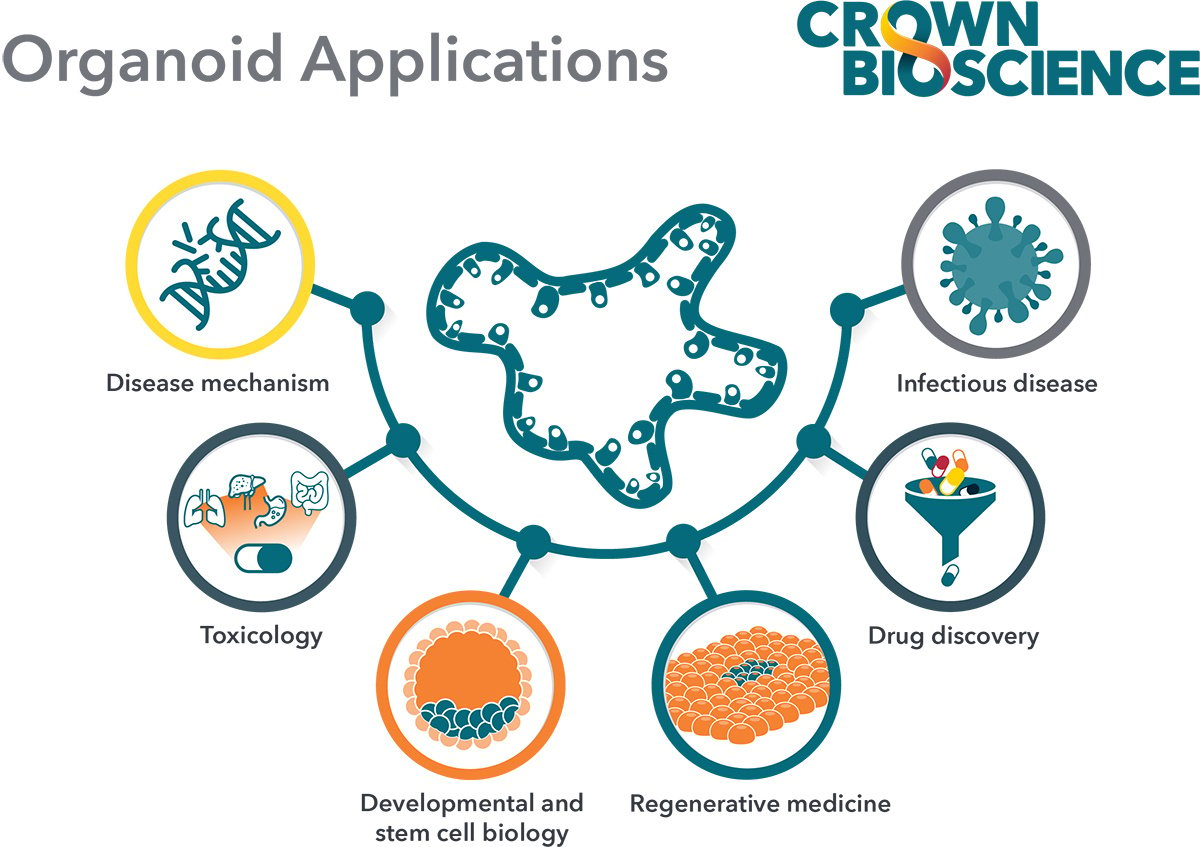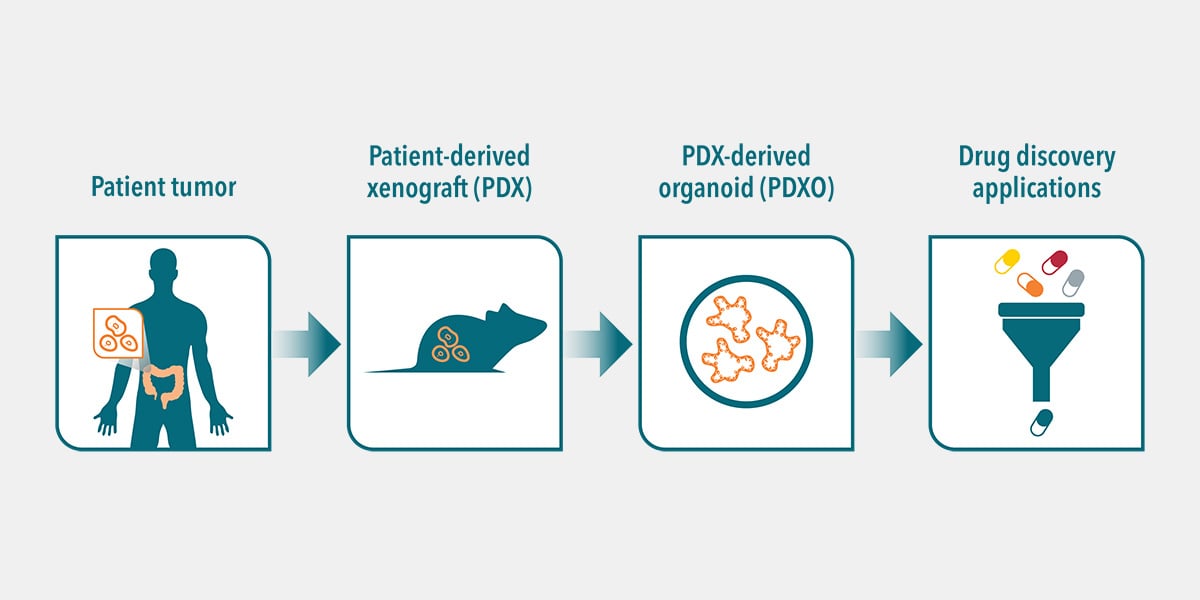How To Choose and Use Drug Resistance Models
Drug resistance remains one of the most pressing challenges in cancer drug development, as 90% of cancer deaths worldwide can be attributed to resistance and the drug ineffectiveness associated with it. This ongoing issue can take one of two forms: intrinsic resistance, where cancer cells show inherent insensitivity to therapies from the outset, and acquired resistance, which develops during treatment as cancer cells adapt and evolve to survive exposure to drugs. In tumors that show an initial response, resistant cell populations can emerge which means treatments that appear promising at first can become ineffective, leading to treatment failure and disease progression.
The challenge of drug resistance is further complicated by its multifaceted nature. Multiple mechanisms play a role. These can change during the course of treatment and more than one mechanism can co-exist within a single tumor. Tumor heterogeneity adds to this challenge, as different cell populations may exhibit varying degrees of drug sensitivity. Moreover, tumors employ sophisticated strategies, including immune evasion mechanisms, which involve complex interactions within the tumor microenvironment (TME), meaning there is no one-size-fits-all solution.
Drug developers must also consider:
- Tumor burden and growth kinetics
- Physical barriers
- Immune system and TME
- Undruggable genomic drivers
- Selective therapeutic pressure
This multifaceted, ever-evolving and multi-layered nature of resistance underscores the importance of developing and employing the right preclinical models. These models must accurately reflect the complexity of resistance mechanisms seen in tumors, and mimic their three-dimensional architecture, microenvironments, and cellular interactions. By utilizing comprehensive modeling of this kind, researchers have the best chance of developing effective strategies to overcome drug resistance.
A Four-Step Strategy to Overcome Resistance
Crown Bioscience has developed a four-step strategy to help developers with their preclinical studies into drug resistance, and it is particularly valuable when it comes to choosing the right model.
A Four-Step Preclinical Strategy

Asking probing questions at the beginning of the study (step 1) allows researchers to identify the clinical response or resistance profile that needs to be modeled preclinically. Once this is completed, they can search model databases to see if a model which recapitulates the clinical resistance phenotype is available (step 2).
Crown Bioscience’s free databases, include:
Clinically Relevant PDX Models (HuBase™)
- 2,500+ global PDX models
- Allows researchers to tailor selections based on indication, drug responses, patient histories, and multi-omics data for precision studies.
Exclusive Organoid Models (OrganoidBase™)
- Specialized in vitro models using HUB protocols
- Researchers can access vital PDXO data, including histopathology, IC50, and genomics, to ensure research accuracy.
If relevant models aren’t available or the mechanism is unknown, an appropriate model can be created (step 3) via:
- In vitro drug-induced resistance
- In vivo drug-induced resistance
- Engineering models
- Metastatic modelling
Choosing the Right Drug Resistant Model
When selecting a preclinical model, researchers must balance a number of both practical and scientific considerations. Clinical relevance is key to the decision. The chosen model must represent the resistance phenotype being studied in a meaningful way. This means considering whether the model reflects patient tumor characteristics, incorporates relevant structural or process complexities, and will generate translatable results.
Time and budget constraints also play an important part in this decision. Pre-treated models, for example, offer immediate access to resistant cells but accessing large amounts of these cells may prove difficult. In vitro models can be developed quickly but may lack the required complexity, while in vivo models provide the most comprehensive results but require longer timelines and more investment.
Further Considerations
- What are the regulatory requirements?
- How will permissions and protocols add to timelines (animal models or patient samples)?
- What is the scale of study? Are multiple or combination studies required?
- Are immune system components needed?
- Is testing focused on resistance development?
- How reproducible do the results need to be? Are validation studies or drug development work being completed?
- Does drug delivery need to be considered?
- Is there ongoing research that the study must align or integrate with?
Example: Comparing Three Models
Pre-Treated Models
Pre-treated models use cancer cells collected from patients that already show the relevant acquired mutations. They represent actual resistance mechanisms seen in patients, reflecting real-world treatments that have failed. They are particularly valuable when studying real clinical resistance mechanisms, for validating potential treatments for actual resistant tumors and understanding why particular patients don’t respond to treatments. Additionally, they can shed light on specific patterns of resistance seen in clinical settings and how established resistant tumors might respond to new drugs.
However, these mutations don’t always guarantee that resistance will be demonstrable in models. Due to the complex nature of resistance, multiple mutations, specific conditions, and certain cell types or cellular pathways may be required for functional resistance. Additionally, the availability of samples may be limited and they aren’t suitable for researching how resistance develops.
In Vitro Drug-Induced Models
In vitro drug-induced models are created in a laboratory setting by exposing cancer cells to drugs over time so they develop resistance. These models are a cost-effective, quick and relatively simple option created under highly controlled conditions that are straightforward to maintain and reproduce. They provide easy access to well-characterized cell lines and support study into off-target resistance and the step-by-step process by which resistance develops. They are also suitable for those needing to test different conditions or drug combinations or looking to isolate specific mechanisms.
However, in vitro drug-induced models may not reflect the complexity of resistance in patients (for example, they cannot reproduce factors like immune system influence) and they can develop artificial resistance mechanisms or fail to achieve resistance at all. Their homogenous cell populations are less biologically relevant, so they may not fully represent clinical resistance patterns.
In Vivo Drug-Induced Models
In vivo drug-induced models are developed inside living organisms (usually mice), by treating the tumor-bearing animals with cancer drugs until the tumors develop resistance. This more closely mimics how resistance develops in patients as they include immune system and TME effects, for a more clinically relevant representation of resistance mechanisms. Additionally, they produce more heterogeneous cell populations and allow developers to study systemic effects. They are a suitable choice for researchers looking to study how resistance develops in a complete biological system or those seeking to understand the role the immune system or TME plays in resistance. Additionally, they are valuable when it comes to late-stage preclinical testing.
As with in vitro drug-induced models, there is a risk that resistance isn’t achieved and these in vivo models can be unpredictable and show higher variability between models. They are more technically challenging to establish, taking longer and costing more to develop.
When choosing between these three models, researchers should keep their specific objectives and constraints front of mind. For example, pre-treated models are optimal for studying existing resistance mechanisms or validating new treatments. While in vivo drug-induced models are a more appropriate option for late-stage preclinical testing despite their high complexity and cost. Combining multiple model types across different stages of research is very often the most robust method. By taking a holistic, strategic approach, researchers can maximize each model’s strengths while counteracting their limitations.
Innovative Solutions for Overcoming Drug Resistance
While choosing the most appropriate model is crucial for studying drug resistance, researchers must also make use of cutting-edge tools and technologies to maximize the potential of these models and further accelerate treatment development.
CRISPR Engineering
This gene editing technology is a powerful solution for developers, allowing them to precisely modify genes responsible for the growth or spread of tumors to better understand and overcome resistance mechanisms. By changing specific genes, developers can gain insights into which mutations cause resistance, test which genes affect drug sensitivity to screen for new drug targets, and develop cell lines with specific resistance mutations to create new resistance models. Additionally, CRISPR engineering has the potential to help researchers find new therapeutic applications. For example, it has been used to enhance the immune response to cancer cells, specifically to knock out or decrease the expression of the PD-1 protein on T cells, which improves their targeting and killing of cancer cells.
Advanced Imaging Techniques
Imaging provides crucial insights into how resistance develops and manifests in real-time, allowing developers to track cellular changes and drug responses with new levels of precision and detail. Recent advances in methods like liquid chromatography-mass spectrometry and new technological innovations including positron emission tomography and near-infrared fluorescence imaging, make this a particularly exciting area of innovation. One recent study suggested that imaging could take the place of invasive biopsies. Here, a technique called hyperpolarization was used to check whether tumors were producing FOXM1 (a biomarker for drug resistance in patients with ER-positive breast cancer) in mouse models. This would usually be done in patients via biopsy but imaging allowed this to monitor resistance non-invasively and in real-time.
Multi-omics and Spatial Biology
These approaches provide detailed molecular maps of resistance development, revealing how different cell populations and their structures and distribution contribute to treatment failures. Additionally, they shed light on resistance phenotypes, including growth patterns, drug metabolism and metabolic adaptations, giving researchers important insights into how more effective targeted strategies can be developed. Recent studies have drawn on spatial biology to reveal more about acquired resistance and demonstrate the role of cell migration and sanctuary sites in this process and shown that an integrated multi-omic approach can successfully shed light on the complex cellular interplay underlying drug resistance.
High-Throughput Screening
High-throughput screening complements these innovative approaches as it allows researchers to rapidly test thousands of potential drug combinations and genetic modifications across their chosen models, accelerating development timelines.
Conclusion
Drug resistance remains a major challenge for oncology drug developers. But choosing the right model and making use of innovative solutions to maximize the potential of these models are valuable tools that researchers can leverage to win the fight against drug resistance.
Read more about Crown Bioscience’s integrated solutions and four-step strategy for optimal drug resistance model development.

